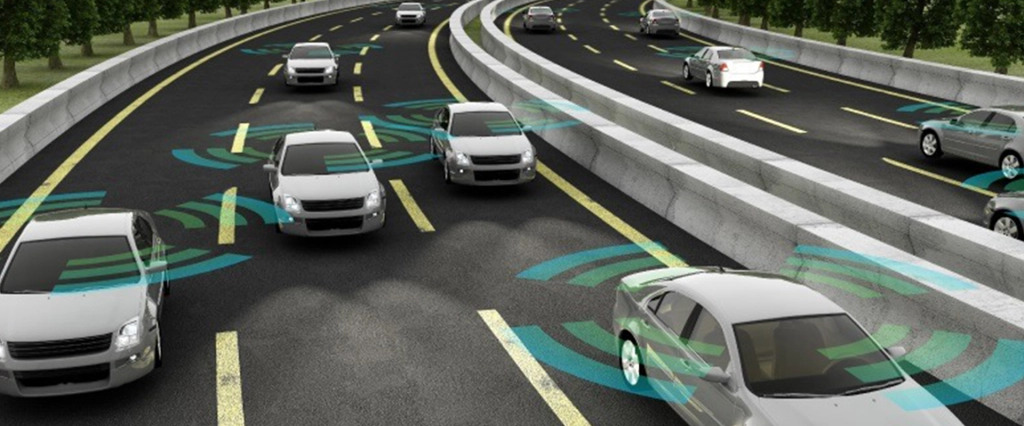
AI in Agriculture
Utilizing technology is not a new practice in the agriculture and food and beverage sectors. We’ve already seen intelligent robots that can weed and pick apples, biometrics that can offer real-time animal information, and sophisticated equipment that can pump milk from cows with minimal human intervention. However, as technology improves, more clever technologies have appeared to help farmers increase their yield and speed up crop production.
Read also – Tech blog
AI in the farming industry encourages farmers to increase their output while minimizing negative environmental consequences. The agriculture industry completely and publicly incorporated AI in its operations to change the overall result.
Technology is transforming the way we grow our food, resulting in a 20% reduction in agricultural field emissions. Adapting to AI technology aids in supervising and managing any unplanned natural disaster. AI in the farming industry is estimated to reach $1550 million by 2025, with a CAGR of 25.0 percent from 2019 to 2025.
Also Read: Insights on AI in Agriculture and the Importance of Training Data
Below are the primary variables that are propelling the rise of AI and machine learning in the agriculture market:
- Increasing demand for agricultural products as a result of population growth.
- Improving crop productivity by expanding information management systems and adopting new sophisticated technologies.
- Increasing crop productivity by incorporating deep learning in agriculture techniques.
Governments worldwide are stepping up to assist the adoption of new farming practices.
Technology and its Positive effects
For Better Results, Examine Farm Data
Every day, the agricultural field generates millions of data points, which AI has enabled the gathering and analysis. Farmers can now make educated decisions in real-time, which has been a long-standing issue that has been solved thanks to AI. Farmers have been able to predict weather conditions in advance, which has benefited them in determining the best time to seed their farms. Water consumption is another issue that AI in the farming industry has tackled.
Artificial Intelligence for Weather Prediction
The weather forecasting models developed through machine learning in agriculture have tremendously benefited larger agricultural fields and farms and smaller farms in developing nations. Because of forecasting, farmers have made more accurate judgments about when and how they should harvest their properties. Seasonal crops rely primarily on predictions since they can’t be cultivated all year; farmers must stick to a set period and weather conditions.
The Capabilities Of Drones
In recent years, there has been an upsurge in the usage of drones to examine agricultural conditions. Drones assist in providing a more clear perspective of the farm and identifying trouble spots on the property. Because soil and land health is essential in determining the final product, keeping them under check is critical. Diagnosing such problems early on can save the farmer money in the long term and allow them more time to deal with them.
Future of AI in Agriculture
AI technologies have the potential to revolutionize agribusiness indefinitely, and they are vital to humankind as a whole. SMEs may utilize AI to reduce ecosystem devastation by minimizing the usage of soil-depleting fertilizers and pesticides, reducing water waste, and automating labor. All of these will contribute to cost savings and reduced food costs. It’s challenging to feed the people while protecting the environment, but AI might be a win-win solution.
Companies in the IT area that are now developing AI-driven agricultural applications are expected to shape the farm sector in the future. Governments and commercial companies must also play a role in accelerating AI usage in agriculture.
EndNote
AI and machine learning have only strengthened and improved the agriculture business over the last few decades. Even when people move from fields to cities in search of urban jobs, technology will be the one to keep production under control and ensure that the world’s food requirements are satisfied.
This post is originally published at Click here